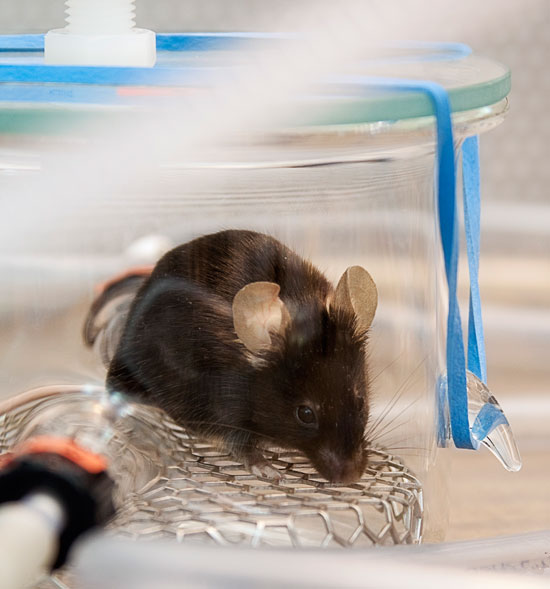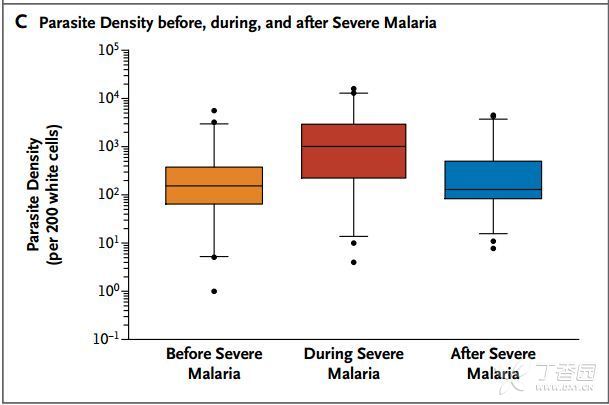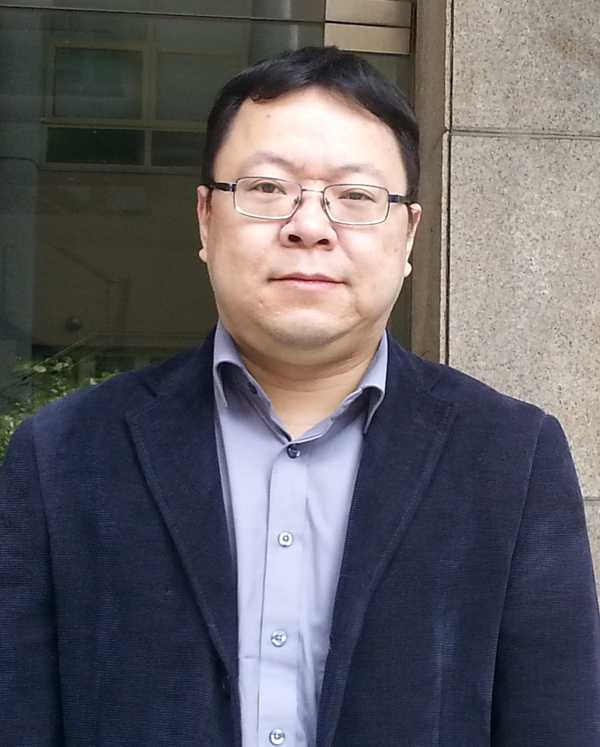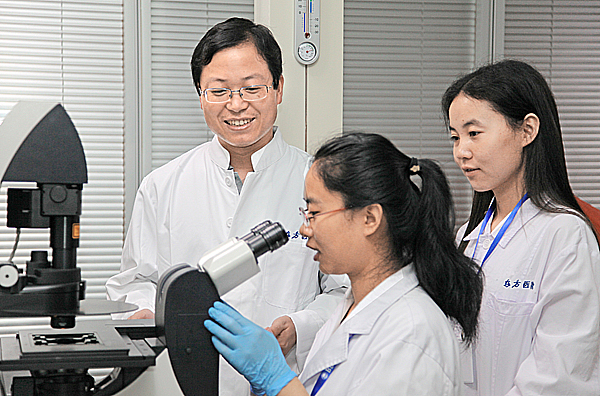抗疟疾药物氯奎宁或可有效抑制癌症的侵袭转移
2014-08-14 佚名 生物谷
近日,来自法兰德斯大学联办生物技术研究院的研究人员在对实验动物进行研究时发现,抗疟疾药物氯奎宁或具有明显的抗癌效应,截至目前,研究者们推测氯喹可以增加癌细胞对化疗的敏感性。研究者表示,氯奎宁同样可以使得肿瘤组织的异常血管正常化,结果从一方面来讲会增加癌细胞的屏障功能,进而阻断癌细胞的扩散和转移;从另一方面将则会增强肿瘤的灌注,使得其对化疗作用更为敏感。 氯奎宁是一种常见的用于治疗疟疾及

近日,来自法兰德斯大学联办生物技术研究院的研究人员在对实验动物进行研究时发现,抗疟疾药物氯奎宁或具有明显的抗癌效应,截至目前,研究者们推测氯喹可以增加癌细胞对化疗的敏感性。研究者表示,氯奎宁同样可以使得肿瘤组织的异常血管正常化,结果从一方面来讲会增加癌细胞的屏障功能,进而阻断癌细胞的扩散和转移;从另一方面将则会增强肿瘤的灌注,使得其对化疗作用更为敏感。
氯奎宁是一种常见的用于治疗疟疾及特定类型自身免疫疾病,比如类风湿性关节炎的药物,氯奎宁可以阻断癌细胞的自噬过程,降低癌细胞对化疗作用的耐受性;研究者Hannelore Maes说道,我们开启这项研究目的在于揭示氯奎宁增强抗癌效应的分子机制,尽管当前研究人员都假设氯奎宁可以通过阻断癌细胞的自噬来增强抗癌特性,但是并没有有效的证据来证明。
这项研究中,研究人员发现氯奎宁不仅对癌细胞的生长具有明显的抑制效应,而且其还会通过使得肿瘤异常的血管正常化来促进得肿瘤生长的环境具有较低的侵袭性;肿瘤组织血管的正常化可以有效改善肿瘤的灌注,这就会减少肿瘤细胞的侵袭性,这就意味着抗癌药物就可以顺利达到癌细胞患处进行杀灭作用。
另外,肿瘤血管的正常化可以增加血管的屏障功能,进而减少癌细胞的循环,因此氯奎宁在癌症发生初期就可以有效抑制癌细胞的扩散,这将成为治疗癌症成功的关键一步。这项研究为研究人员开发利用以氯奎宁为基础的联合疗法来抑制癌症的发生提供了新的思路和希望。
原始出处:
Maes H, Agostinis P.Autophagy and mitophagy interplay in melanoma progression.Mitochondrion. 2014 Jul 17. pii: S1567-7249(14)00094-4.
Maes H, Martin S, Verfaillie T, Agostinis P.Dynamic interplay between autophagic flux and Akt during melanoma progression in vitro.Exp Dermatol. 2014 Feb;23(2):101-6
新闻原文:
Chloroquine is a well-known medicine with a good safety profile that has been in use since World War 2 for the treatment of malaria and certain auto-immune diseases, including rheumatoid arthritis. More recently, chloroquine has also been used in anti-cancer treatment. Chloroquine blocks autophagy, a process that cancer cells use to survive to anti-cancer treatments. Therefore, blocking autophagy would reduce the resistance of the cancer cells to chemotherapy.
Normalization of abnormal tumor blood vessels
Hannelore Maes from the team of Patrizia Agostinis (KU Leuven), together with Anna Kuchnio from the team of Peter Carmeliet (VIB-KU Leuven) have started a study to explain how chloroquine can strengthen the effect of anti-cancer treatments.
"Although it is assumed that chloroquine strengthens anti-cancer treatment by blocking autophagy, there is little in vivo evidence that this is the only way in which chloroquine works. In this study, we found that chloroquine not only has an effect on the growth of the cancer cells, but also makes the tumor environment less aggressive by normalizing the abnormal blood vessels in the tumor," says Patrizia Agostinis.
Peter Carmeliet: "Blood vessel normalization results in improved tumor perfusion. This reduces the aggressive nature of the cancer cells and means that the anti-cancer medicines are better able to reach the cancer cells, which makes chemotherapy more effective. In addition, tumor blood vessel normalization also increases the barrier function of the blood vessels, which reduces the access of cancer cells to the circulation -- the most important transport system for the spreading of cancer cells to other tissues. Therefore, chloroquine can nip the metastatic spreading of cancer cells in the bud, which is the most important therapeutic goal in any tumor treatment."
Disadvantages do not outweigh the benefits -- the impact of this study on the use of chloroquine in anti-cancer treatment
This study forms a new rationale for the use of chloroquine in anti-cancer treatment. With a view to clinical studies (tests on humans) it is important to note that the effects on the tumor vasculature were even observed at chloroquine concentrations that had little effect on autophagy in the cancer cells. This sheds new light on the therapeutic schedule for combination therapy with chloroquine, which could result in decreased toxicity. In other words, the same "old" medicine simultaneously targets the cancer cells themselves and the blood vessels with great efficiency.
本网站所有内容来源注明为“梅斯医学”或“MedSci原创”的文字、图片和音视频资料,版权均属于梅斯医学所有。非经授权,任何媒体、网站或个人不得转载,授权转载时须注明来源为“梅斯医学”。其它来源的文章系转载文章,或“梅斯号”自媒体发布的文章,仅系出于传递更多信息之目的,本站仅负责审核内容合规,其内容不代表本站立场,本站不负责内容的准确性和版权。如果存在侵权、或不希望被转载的媒体或个人可与我们联系,我们将立即进行删除处理。
在此留言












#有效抑制#
30
#抗疟疾#
38
#抗疟疾药物#
40